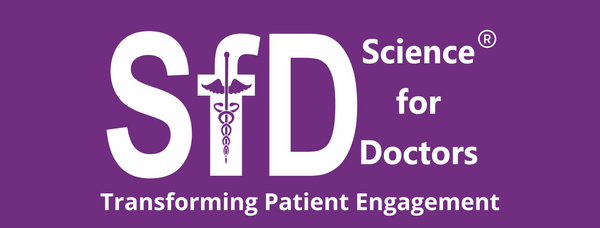
Unlocking the Power of Anatomical Models: A Game Changer for Medical Professionals in India
Share
Imagine being able to dissect, explore, and understand the human body with precision and ease, all without ever needing to step into an operating room. For medical professionals in India, anatomical models are transforming this imagination into reality. These models are not just educational tools; they are revolutionizing the way medical professionals learn, teach, and provide care. Dive into the world of anatomical models and discover how they are reshaping the future of healthcare in India!
1. Revolutionizing Medical Education
Medical students in India face a daunting challenge: mastering the complexities of human anatomy. Traditional textbooks often fall short in bringing these complexities to life. Enter anatomical models. These innovative tools provide a 3D glimpse into the human body, making learning interactive and engaging. Imagine exploring intricate structures and relationships with your own hands. With anatomical models, students can:
Visualize with Clarity: Get a 360-degree view of anatomy, making complex structures and systems easier to grasp.
Apply Knowledge Practically: See how theoretical concepts translate into real-life scenarios, enhancing your practical understanding.

2. Elevating Clinical Training
For seasoned medical professionals, precision and preparation are paramount. Anatomical models serve as indispensable allies in honing surgical skills and diagnostic acumen. Picture this:
Surgical Precision: Surgeons can practice intricate procedures on detailed models, refining techniques and boosting confidence before operating on real patients.
Enhanced Diagnostics: Use models to identify and understand anatomical anomalies, leading to more accurate diagnoses and better patient outcomes.
3. Transforming Patient Communication
Effective patient communication can make all the difference in treatment success. Anatomical models bridge the gap between medical jargon and patient understanding. Here’s how:
Visual Explanations: Simplify complex medical concepts with tangible, easy-to-understand models. Patients can see exactly what’s happening inside their bodies, leading to clearer explanations and greater trust.
Reducing Anxiety: Provide reassurance and clarity, helping patients feel more in control and less anxious about their treatment journey.
4. Fueling Professional Growth
In the dynamic field of healthcare, staying updated is crucial. Anatomical models are key to continuous learning and innovation:
Interactive Workshops: Participate in hands-on training sessions using models to master new techniques and technologies.
Driving Innovation: Engage in research and development with models that allow you to test and refine new medical solutions.
5. Addressing Unique Challenges in India
In a country as diverse and rapidly evolving as India, anatomical models address specific challenges:
Resource Efficiency: Offering a practical alternative to costly cadaver dissections, models provide a valuable resource for institutions with limited access.
Cultural Diversity: Customizable models reflect diverse anatomical variations, ensuring that healthcare professionals can cater to a broad spectrum of patient needs.
Conclusion
Anatomical models are not just tools—they are revolutionizing medical education, training, patient communication, and professional development in India. They offer a window into the human body that transforms learning and practice, making them indispensable for anyone in the medical field. As India’s healthcare landscape continues to evolve, anatomical models will play a pivotal role in driving innovation and improving patient care. Embrace the future of medicine with anatomical models and unlock new possibilities for yourself and your patients!
